Description
Nariyal, Coconut Tree (Golden) – Plant
The coconut tree is known as the tree of life in many languages. No other plant on earth gives so much. Food, drink, oil, fuel, weaving, rope, lumber, wine, mulch, candles, darts, and bowls are just a few of the uses of this incredible plant.
Growing Tips
If you want to start to grow a coconut plant, begin with a fresh coconut that still has the husk on it. When you shake it, it still should sound like it has water in it. Soak it in water for 2-3 days.
After the coconut has been soaked, place it in a container filled with well-draining potting soil. It is best to mix in a little sand or vermiculite to make sure the soil you will be growing coconut trees in drains well. The container needs to be around 12 inches deep to allow for the roots to grow properly. Plant the coconut point side down and leave 1/3 of the coconut above the soil.
After planting the coconut, move the container to a well-lit, warm spot. The warmer the better. Coconuts do best in spots that are 70 degrees F. (21 C.) or warmer.
The trick to growing a coconut palm tree is to keep the coconut well-watered during germination without letting it sit in overly wet soil. So, water the coconut frequently but make sure the container drains very well.
You should see the seedling appear in 3-6 months.
If you want to plant a coconut that has already sprouted, go ahead and plant it in well-draining soil so that the bottom 2/3 of the coconut is in the soil. Place in a warm area and water frequently.
How to Keep it Healthy
Once your coconut tree has started growing, you need to do a few things to help keep it healthy.
- First, water the coconut tree frequently. As long as the soil drains well, you really can’t water them too often. If you decide to repot your coconut tree, remember to add sand or vermiculite to the new soil to keep the water draining well.
- Second, growing coconut palms are heavy feeders. They will need regular and complete fertilizer. Look for a fertilizer that provides both the basic nutrients plus trace nutrients like boron, manganese, and magnesium.
- Third, coconut palms are very cold-sensitive. If you live in an area that gets cold, your coconut plant will need to come inside for the winter. Provide supplemental light and keep it away from drafts. In the summer, grow it outdoors and make sure you place it in a very sunny and warm spot.
Special Feature
- Rock gardens, border fronts, edgings, fragrance gardens and containers ¹ When massed, these mat-forming plants can form an attractive ground cover.
Best Uses (God Gifted for us)
Medicinal Use:
- Crested Lepidagathis, called Mullabanthi in Telugu, has been used by the yanadi group in Andhra Pradesh as traditional medicine.
- It is used in the treatment of fever, hair, skin, BP, etc.
- In Chhattisgarh, people use leaf extract for treating malaria.



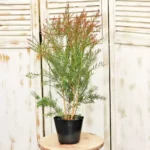
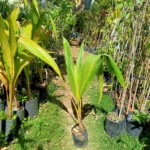
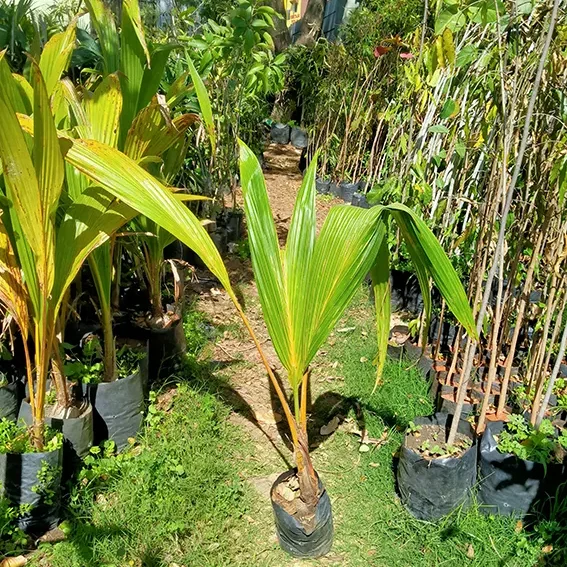
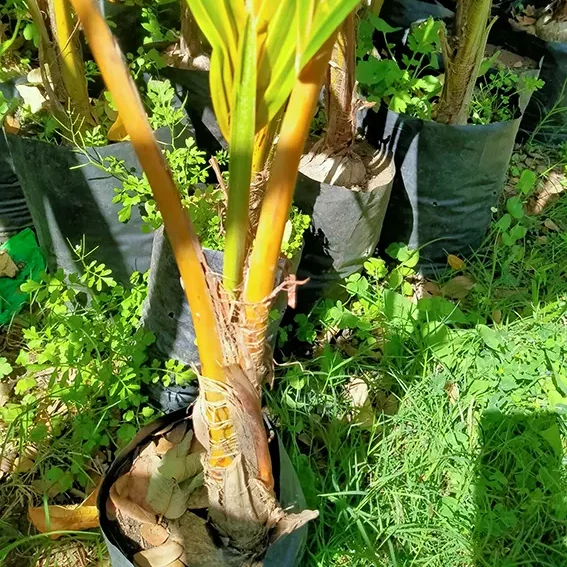

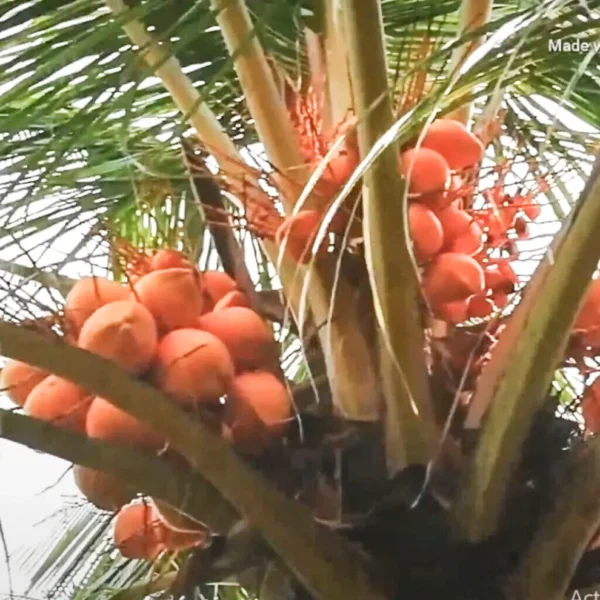




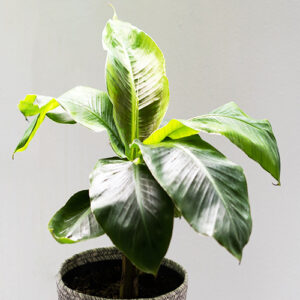
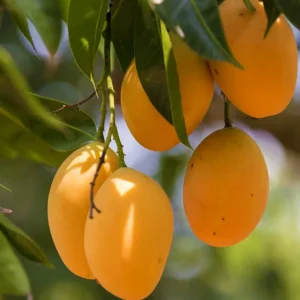
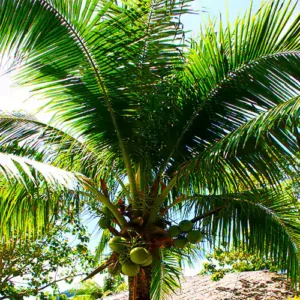
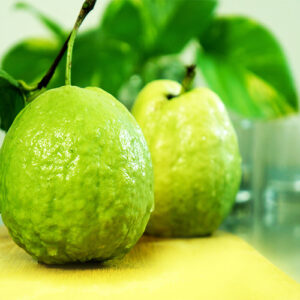
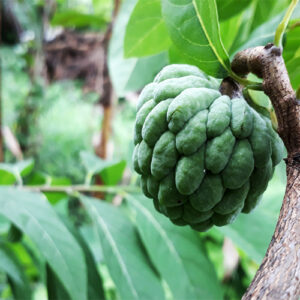
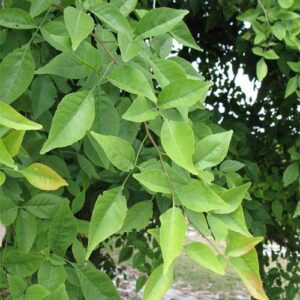
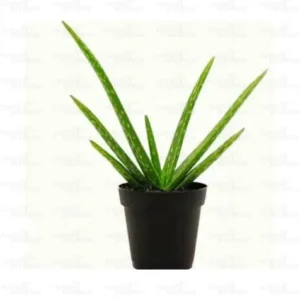
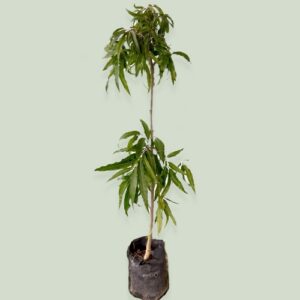

Reviews
There are no reviews yet.